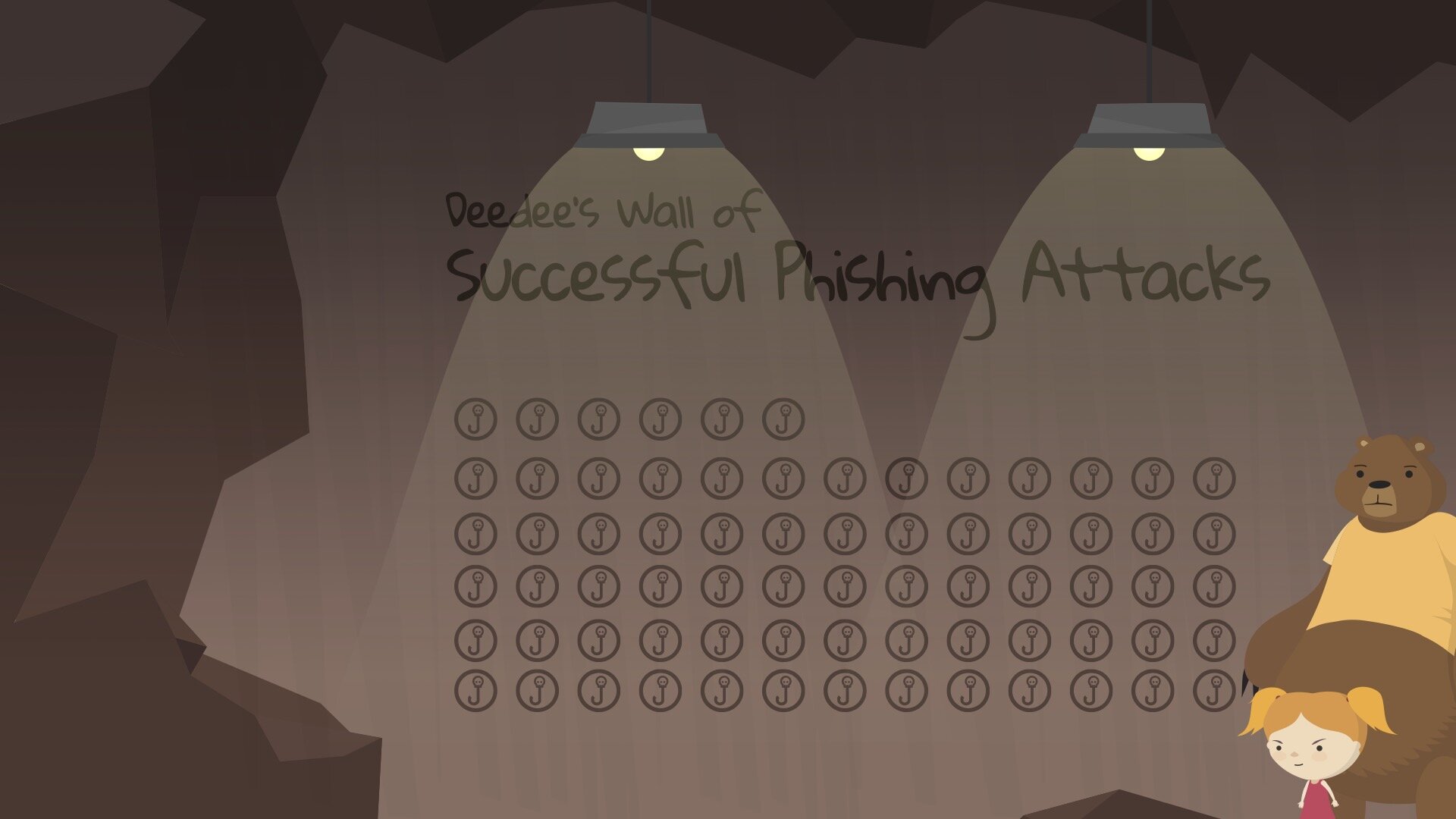








Unless you’ve been living under a rock, everyone knows what phishing is and most likely has received or even fallen for a phishing email themselves. So at this point, there should be no excuse, right? Wrong.
While it’s apparent we all know what we’re up against, the facts still show that we continue to fall victim to these attacks. Therefore, the only way you’ll be able to build up your defenses and mitigate against phishing attacks is through practice. That’s where phishing training comes in handy for you and your employees.
Starting your phishing simulation training program as a part of your security awareness routine is the first step to better protecting your organization. To help you get moving, we’ll walk you through the steps of how to run a phishing simulation and create an action plan based on the results you find with Huntress.
The purpose of a phishing simulation training program is to let employees experience a real-world phishing attack in a safe place. It helps regularly gauge where your organization lands in its risk of experiencing an attack.
As a result, phishing simulation training should educate and create a lasting impact on your employee’s ability to make better decisions when confronted with phishing emails. These decisions can create outcomes like not clicking links, reporting suspicious emails, taking a moment to pause instead of being manipulated by a sense of urgency, and being more transparent about security threats.
A far too common misconception of phishing training is to treat it as a way to scrutinize employees. And even more drastically docking pay or letting someone go because of it. More often than not it’s going to be less about the individual and more about the process that’s been set up to help people learn.
A phishing simulation test can be compared to taking a test in school. A test is not the same as an entire year of learning. Phishing tests alone are not the same as a training program, that’s like taking a test your first day of school which will determine your grade — that wouldn’t be very useful. But rather these phishing tests are a good temperature check to see what needs improving and a way to apply what you’ve learned to do better next time.
The organization’s admin will have the option to pick from a number of real-life phishing scenarios to send out to their employees. It’s up to each employee to ignore it, report it, or click it. Once completed, the administrator will be able to analyze the results and access the severity of the organization’s risk for the phishing simulation test.
This process should be repeated frequently to continue to monitor results and get an accurate depiction of what your organization is up against in the real world. For all organizations, we recommend a minimum of monthly phishing testing with employees.
**It’s important to note that the employee phishing training program is not designed to test your technical infrastructure on how well it defends against phishing. That’s a different series of tests. A true phishing simulation test is designed to educate your employees on how well they defend against phishing emails. This is where the term whitelisting comes into play, which we will get to in our step-by-step guide.
Despite the status quo, we don’t want phishing simulations to sound all doom and gloom. Our mission is to flip the script on how employees perceive and react to simulated phishing tests by making the experience fun. Before you start your first phishing simulation it’s important to understand what you’re up against as a team. If you haven’t been introduced to her yet, Curricula uses a fun persona, DeeDee, our 5-year old AI hacker phishing prodigy.
The intention behind DeeDee is to:

Now that the hard part is over, your next step is to look at the data that came from the phishing simulator. This is where you’ll be able to see employees’ click rates.
For most companies, the first click happens within less than a minute. So don’t freak out if you see clicks happen right away. As the program admin, you’ll receive regular updates from DeeDee on who’s failing for her phish.
Once your campaign fizzles out after a few days from activation, you’ll have the results you need to run your reports. It’s typical for new companies to see 30-40% of their employees click on the simulated test.
If your results come back at 0%, there’s a high chance that something went wrong and your employees most likely didn’t receive the emails — double-check you whitelisted. And if your results are 100%, we’re just glad you’re reading this and those numbers should go down once your employees complete their training and learn how to better identify phishing emails.
Depending on how your results came back will dictate what your next steps are.
If you aren’t sure what your results mean, use this phishing ‘report card’ to figure out where your company lies and what actions to take as a response:
A common misconception is a goal that if you achieve a 0% click rate, you’re protected for life — wouldn’t that be nice. But in reality, the goal of phishing training is to put all employees into new uncomfortable situations so they’ll continue to learn and get better. Since phishing emails are constantly advancing, training has to as well. To gauge where you are from a more practical standpoint, you’ll want to see a steady decrease in click rates that then stay consistently in the bottom range. Never set a target for 0% click rate as a goal.
While there’s a lot to learn from each and every phishing test, in order to make the simulations worthwhile, you also have to focus on phishing training. Just like the school example from before, you need to teach first, then expect results. For phishing, if you teach your employees proactively what to look for and how to look you’re more likely to see lasting results.
Regardless of your phishing results, your next action step should be to begin our story-based security awareness training. Huntress comes with free basic training that includes phishing and a number of other cybersecurity topics to browse through. Together this will jumpstart not only your phishing simulation program but also your entire security program!
As your program matures, you’ll naturally want to send out more templates, create your own emails, etc. but this will get you started!
Remember – phishing training isn’t about perfection, it’s about progress.
Enjoy learning.
Get insider access to Huntress tradecraft, killer events, and the freshest blog updates.
